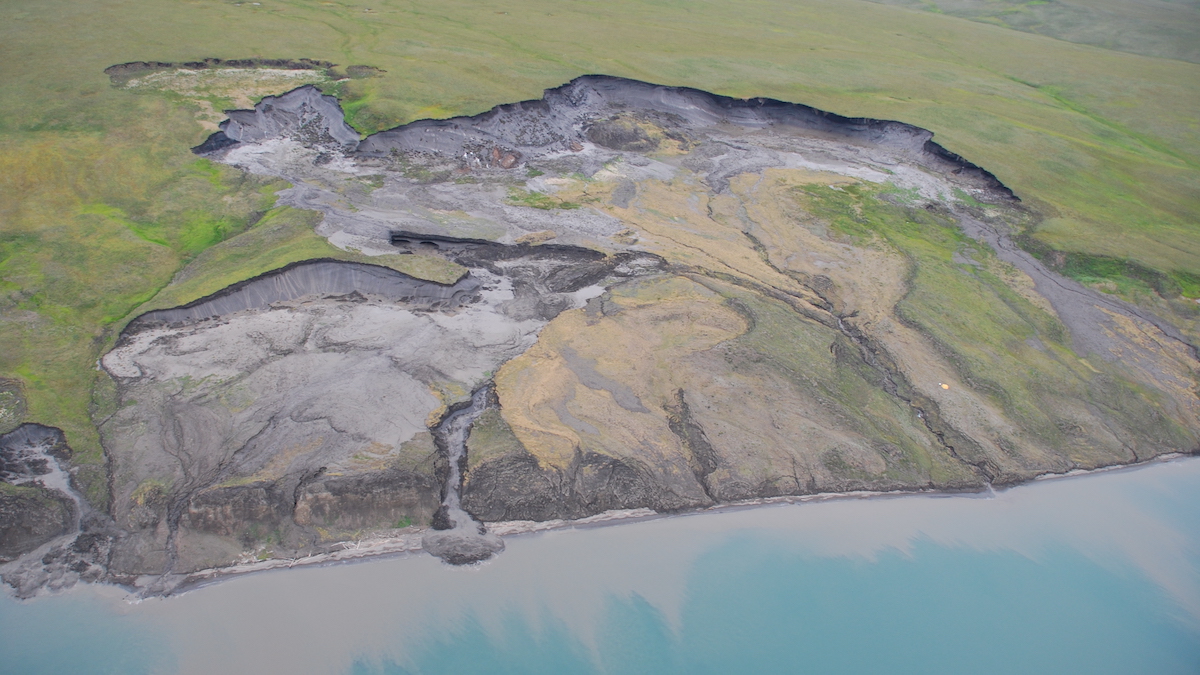Various U.S. federal agencies sent a 36-point survey to researchers abroad who receive U.S. funding, asking questions related to the Trump administration’s priorities. The questions cover topics such as “eradicating anti-Christian bias” and defending against “gender ideology,” and asked researchers to disclose ties to “entities associated with communist, socialist or totalitarian parties.”
Canada
NASA Abandons Pledge to Put Women, Astronauts of Color on the Moon
NASA has dropped its commitment to land the first woman, the first person of color, and the first non-American astronaut on the Moon through the Artemis program.
The 17 December 2024 Takhini River landslide and river ice tsunami, Whitehorse, Yukon, Canada
The Landslide Blog is written by Dave Petley, who is widely recognized as a world leader in the study and management of landslides. On 17 December 2024, the 118,000 cubic metre silt and clay Takhini River landslide occurred on a cut bank of the Takhini River, 25 km northwest of Whitehorse, Yukon, Canada. The landslide, […]
Checking in on three earlier fatal landslides
The Landslide Blog is written by Dave Petley, who is widely recognized as a world leader in the study and management of landslides. My regular scans of reports of landslides around the world has highlighted interesting updates on three events of the last year or so. The 14 December 2024 Lions Bay Landslide The Vancouver […]
Snowmelt Sends Caribou Packing
Researchers compared caribou tracking data with satellite observations to learn whether snowpack conditions trigger the animals’ arduous annual migration.
Down in the Slumps: Tracing Erosion Cycles in Arctic Permafrost
Climate change is altering permafrost thaw cycles and leading to unique Arctic erosional problems.
On the low frequency of rock avalanches in NE Baffin Island
The Landslide Blog is written by Dave Petley, who is widely recognized as a world leader in the study and management of landslides. Rock avalanches are an important hazard in areas with fjord topography, potentially impacting humans directly but also having the capability to generate large tsunamis that can cause damage over quite large distances. […]
More information about the 24 June 2024 heap leach landslide at Eagle Mine in Canada
The Landslide Blog is written by Dave Petley, who is widely recognized as a world leader in the study and management of landslides. Information is emerging about the 24 June 2024 landslide at Eagle Mine in Yukon, Canada. Northern Miner has a video taken from an aircraft flying over the site that is worth a […]
A major landslide at a heap leach pad at Eagle Gold Mine in the Yukon, Canada
The Landslide Blog is written by Dave Petley, who is widely recognized as a world leader in the study and management of landslides. In a short statement on its website yesterday, Victoria Gold (“a mining company focused on the Yukon”) confirmed that “the heap leach pad (“HLP”) at the Eagle Gold Mine in Yukon experienced […]
No Canadian Volcanoes Meet Monitoring Standards
A new analysis reveals serious monitoring gaps at even the highest-threat volcanoes.










